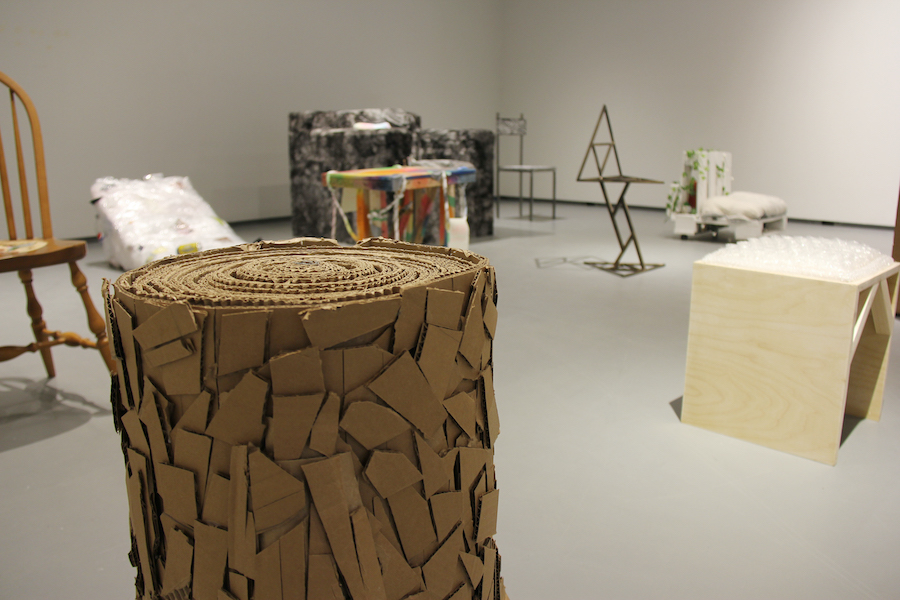Treading Lightly
How does one navigate the space between the intimate and the public, between the undiscernible emotion and the hyperobject[1]? How does one, in an era of radical ecological, technological and social transformations, positively anticipate tomorrow? The work of current UBCO MFA students points to a concerned perception of things to come, while refusing to succumb to a pessimistic outlook. The work that they are creating embraces the possibility offered by the act of making as a way to share a sense of urgency and to propose a measured yet positive gesture towards the future.
We live in a moment that can certainly be described as an ever-expanding collage of images, events, places, data, notions, etc. It would not even be strange to portray our everyday primarily as ‘content management’, where the current and pressing challenge is to cope with the overflow of data rather than experiencing scarcity of information. It is not surprising that, facing such overload, one ends up increasingly relying on heuristics and other mental short-cuts. The work found in Treading Lightly seems to precisely contend with this sentiment. This exhibition gathers creative strategies ranging from antique book illustration to recent digital technology, from which emerges a natural convergence towards the notion of a composite reality and where culture is parcelled and fabricated rather than simply fully transmitted, and where the self is in constant formation and negotiation with its social and physical environments.
The complexity of contemporary life and the sentiment of uncertainty that we all experience are at the core of the students’ conversations. But it possible that, in response to a perception of a collapsing world, the most adequate thing to do is to express fragility and delicateness? Instead of recoiling in a glum anticipatory stance, the idea of ‘looking forward’ holds on with a lasting sense of potentiality. And this attitude is expressed without the ambition of turning the world around, but rather to recollect, repair and to keep contributing in a positive light.
Samuel Roy-Bois
Associate Professor, sculpture
VISA 582/583 Instructor
[1] Timothy Morton describes hyperobjects as “things that are massively distributed in time and space relative to humans. 1 A hyperobject could be a black hole. A hyperobject could be the Lago Agrio oil field in Ecuador, or the Florida Everglades. A hyperobject could be the biosphere, or the Solar System. A hyperobject could be the sum total of all the nuclear materials on Earth; or just the plutonium, or the uranium.”
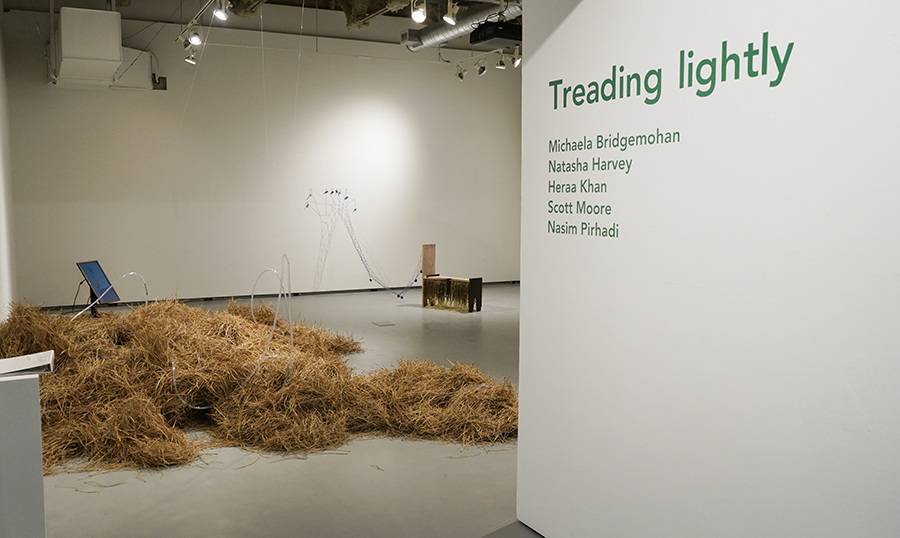
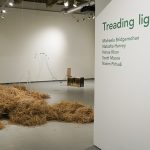
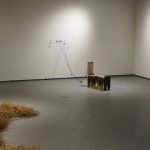
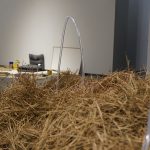
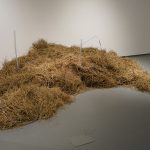

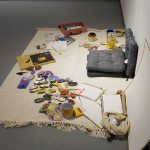
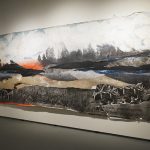
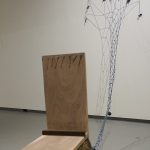
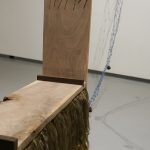
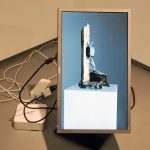
 Follow
Follow


